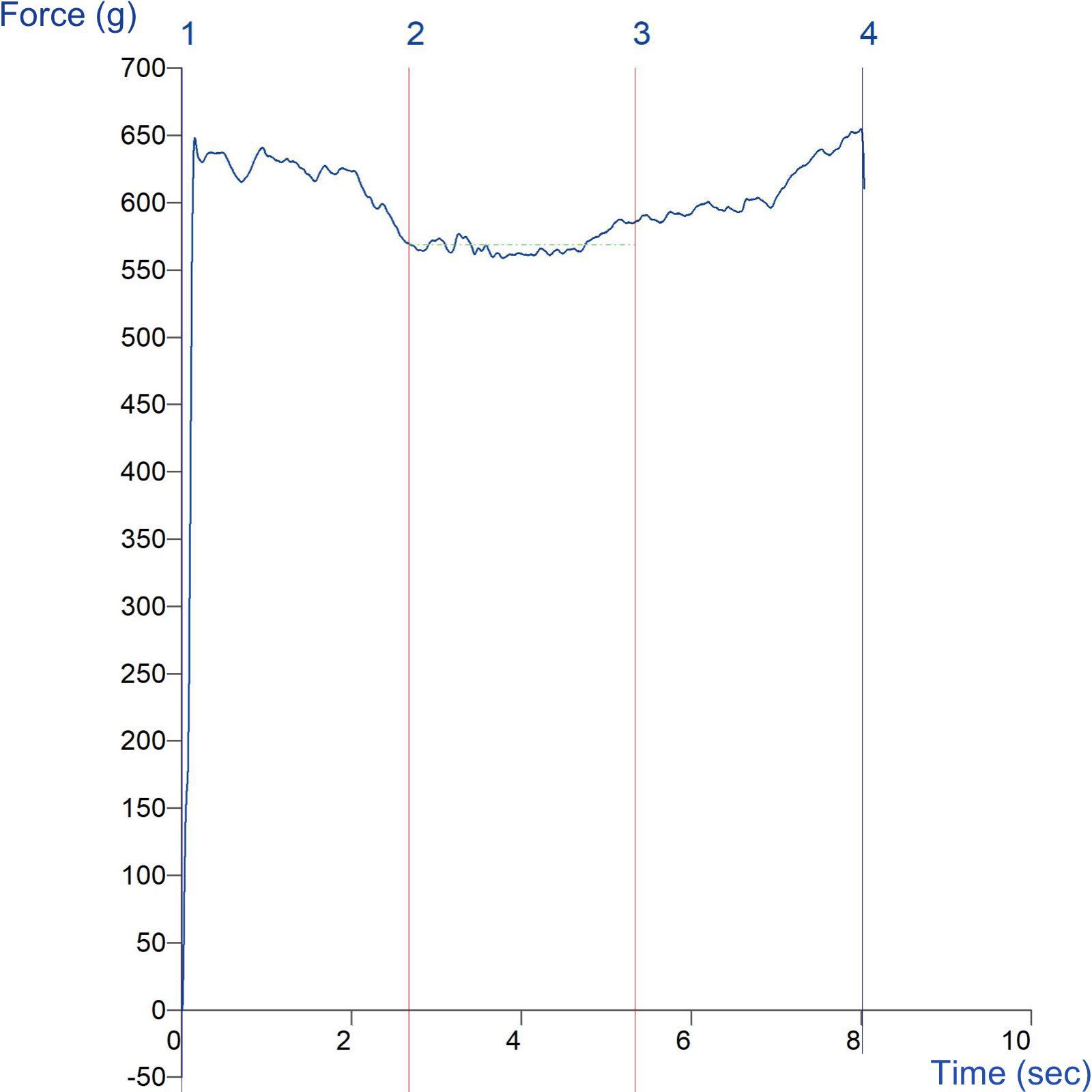Product overview
Syringes are used in hospitals, surgeries and homes around the world on a daily basis, and for a multitude of purposes. Successful administration, as well as comfortable receipt of the material under the skin, rely on the effective tracking of the syringe piston within its outer tube. By testing the ease with which an injectable solution is expressed, manufacturers are able to optimise usability and patient comfort, while guaranteeing quality control and product safety.
The Universal Syringe Rig effectively measures the ease with which a fluid flows out of a syringe and through a needle. The extraction force quantifies how easily the injectable material is expressed during syringe depression and material discharge. This measured force impacts patient comfort during injection and affects how the material is received when deposited under the skin.
The method enables syringe manufacturers and pharmaceutical companies to precisely quantify the aspiration and extraction performance of their syringe pistons. The design of this rig allows universal accommodation of different types and sizes of syringes (approximately 5-50mm in diameter) without the need for bespoke fixings of each syringe size.
How does the Universal Syringe Rig work?
Ideal sample form
Rigid syringes or similar piston-type products. This can be both a tensile and compression test. It can measure aspiration and extraction force.
Benefits and limitations
- Allows measurement of aspiration and extraction of syringe contents.
- Accommodates a wide variety of diameter and syringe lengths.
Technical information
Installation
Full installation instructions are provided within the Education Zone of the latest Exponent/Connect software version and on the technical information sheet accompanying this product.
Chemical compatibility
Stable Micro Systems probes and attachments are commonly made from four materials: anodised aluminium (AA6082 T6), stainless steel (316 T), Delrin (acetyl copolymer) and Perspex (polycarbonate).
In general use, probes and attachments made from these materials will be suitable for testing food products and inert non-food materials.
The four materials listed above are not universally resistant to all types of chemicals and as such the compatibility of the probe/attachment material with the product (to be tested) must be established to prevent damage to the probes and attachments. If the compatibility of the product with the probe is unknown to the customer then the chemical information about the product (Material Safety Data Sheet or Product Data Sheet) should be submitted to Stable Micro Systems. Stable Micro Systems will then assess the suitability of the probe/attachment material for use with the product and advise accordingly. If this advice is not sought then Stable Micro Systems will not accept liability for probes/attachments damaged by chemical attack from the product being tested.
Cleaning and maintenance
All probes and attachments may be cleaned in warm (or hand hot) water using a mild detergent. A soft brush may be used but abrasive cleaning aids should be avoided. Stable Micro Systems products should not be microwaved or cleaned in a dishwasher.
Screw threads should be lightly lubricated after drying using a light lubricant, e.g. petroleum jelly, mineral oil. This will aid the fitting and unscrewing of the item. Each component of a probe or attachment should be wrapped separately when stored, to avoid scratching or chipping. This will safeguard against any unnecessary damage to the accessory.







